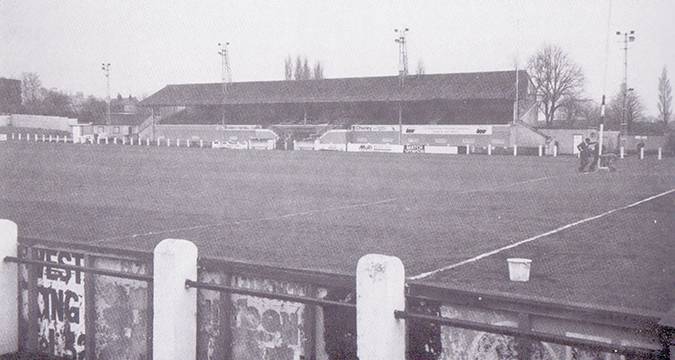 Our journey around the villages, towns and cities that have rugby league running through their veins reaches Chorley.
COOL, cakes, cotton – and let's not forget the 13-a-side code.
Phil Cool, the comedian and impressionist with the flexible face who became a household name in the 1990s, and the currant-crammed shortcrust pastry discs which ta
Our journey around the villages, towns and cities that have rugby league running through their veins reaches Chorley.
COOL, cakes, cotton – and let's not forget the 13-a-side code.
Phil Cool, the comedian and impressionist with the flexible face who became a household name in the 1990s, and the currant-crammed shortcrust pastry discs which ta Locations of League: Chorley
 Our journey around the villages, towns and cities that have rugby league running through their veins reaches Chorley.
COOL, cakes, cotton – and let's not forget the 13-a-side code.
Phil Cool, the comedian and impressionist with the flexible face who became a household name in the 1990s, and the currant-crammed shortcrust pastry discs which ta
Our journey around the villages, towns and cities that have rugby league running through their veins reaches Chorley.
COOL, cakes, cotton – and let's not forget the 13-a-side code.
Phil Cool, the comedian and impressionist with the flexible face who became a household name in the 1990s, and the currant-crammed shortcrust pastry discs which ta 